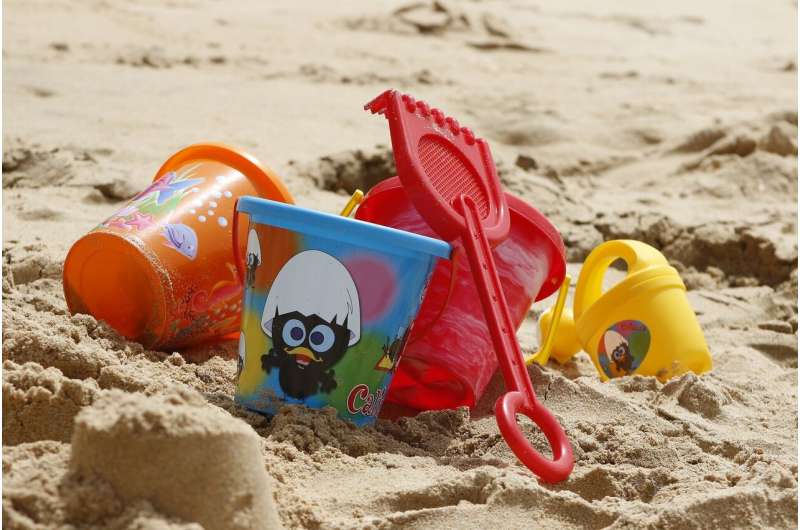Q&A: The plastic problem and how to solve it

Plastic is a product that is ubiquitous in today's society, says Sarah Morath, Wake Forest professor of law and author of the book "Our Plastic Problem and How to Solve It."
The World Bank estimates that every person on the planet generates an average of 1.6 pounds of plastic waste daily.
Morath explains the extent of the problem and why solutions are so difficult. She also shares possible legal and policy options and actions individuals can take to make a difference.
Walk us through the history of plastics
Today's plastic is the evolution of plastics developed during World War I and World War II. When the wars ended, the manufacturers of these products were looking for new markets for the products they had designed. That is when we see plastic products enter the consumer marketplace.
The plastics of the 1950s and 1960s were durable plastics that would be purchased and used in our homes for an extended period of time. The shift to single-use plastics didn't happen until the 1970s and 1980s, when manufacturers shifted away from aluminum, glass, and paper to plastic and consumers began using more plastic bottles and plastic bags.
What is the problem?
The increase in single-use plastics has been dramatic since the 1980s. Today, plastic pollution is everywhere and has impacts on soil, food, air, and water. Practically every product has some sort of plastic associated with it.
Plastic doesn't biodegrade, which means that it persists in our environment, and the amount of plastic we are using is increasing exponentially. Research on how long plastic stays in the environment is extensive. A plastic bag could stay in the environment for around 20 years, and a Styrofoam cup could last up to 400 years.
Microplastics, small fragments of larger plastics, are problematic because they're so small that it's hard to gather them from the environment once they're released. Studies show that humans ingest microplastics through water and food. Microplastics can pass the blood-brain barrier and have recently been discovered in brain tissue and other organs.
What can we do to solve it?
There is no single solution to plastic pollution. Addressing the plastic problem will require a variety of approaches, including regulations at the federal, state, and local levels, actions by businesses, and individual behavior changes.
Part of the problem is associated with the amount of plastic that we produce and the amount of plastic that we use, but we also don't have many legal mechanisms in place to address plastic pollution. The environmental laws of today were enacted in the 1970s before the advancement and proliferation of single-use plastics.
A variety of legal approaches have been introduced, including capping the amount of plastic produced. If you put a cap on the amount of plastic made, you're going to naturally decrease the amount of plastic that ends up being used. We know that there are some plastics that are particularly problematic, like single-use plastics.
Governments could take a strategic approach and regulate and reduce the amount of particularly harmful plastics in our consumer marketplace. There have also been research and development proposals, such as using different raw materials, like seaweed, to make plastic-like products.
Is recycling the answer?
I wrote "Our Plastic Problem and How to Solve It" to highlight why recycling may not be the silver bullet to fix the plastic problem. Because plastic is a diverse product, it cannot be commingled and recycled easily. In addition to the challenges associated with plastic recycling, there is a lack of infrastructure to fully support all of the recycling that needs to happen to increase our recycling rate, which is about 5% of all plastic.
Some studies have shown that the recycling process releases microplastics into the environment. Finally, there isn't a big marketplace for recycled plastic.
What can individuals do?
When making a purchasing decision, individuals can look at the variety of products on the marketplace and select a non-plastic alternative, if one is available. People should look for products that are easily recyclable or have a higher recycling rate, such as products made of paper, aluminum, and glass.
Provided by Wake Forest University




















